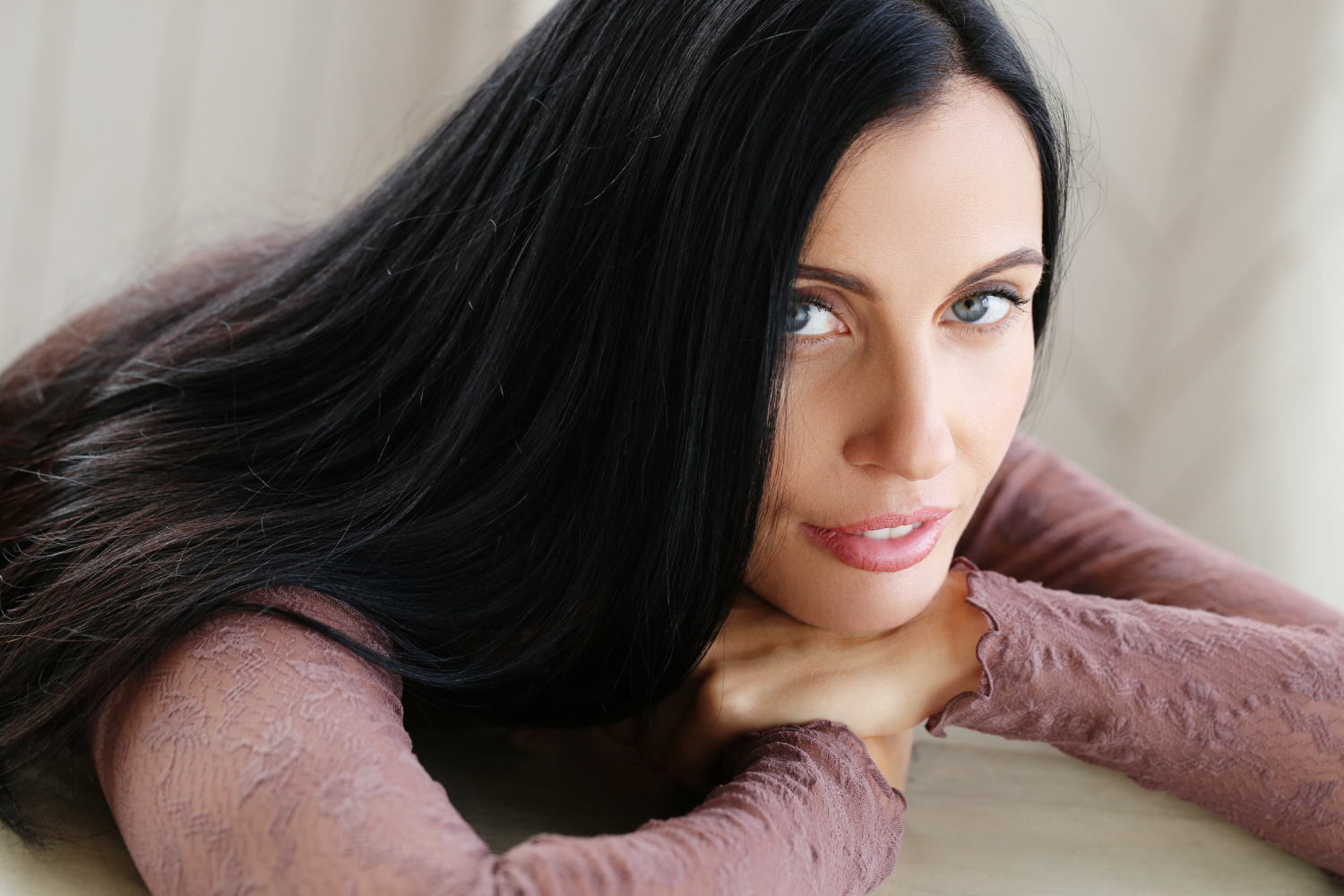Each hair shade has its pros and cons, including those related to your health. What does hair color say about health? If you are a brunette, you will be interested to know that, according to World Atlas, almost 20% of the population has brown hair.
ContentWhat hair color says about your health: if you are a brunette, you will have a lot of molesYou may be more at risk of developing a nicotine addictionWhat color What hair color says about your health: Brunettes may start going gray a little earlier You may be at risk for certain types of cancer What hair color says about your health: The benefits of being a brunette
Melanin in hair affects its natural color. People with dark hair have a special type of melanin known as eumelanin. The more eumelanin you have in your hair, the more likely you are to have dark hair. Conversely, people with blond hair have minimal amounts of eumelanin. WomanEL has compiled several potential downsides to being a brunette.
What hair color says about your health: If you're a brunette, you'll have a lot of moles
It was long thought that people whose skin or hair contains less melanin were more susceptible to the sun's ultraviolet rays. But that doesn't mean that only blondes or people with red hair can leave the beach with a nasty sunburn. In addition to freckles and age spots, moles can also appear as a result of exposure to the sun.
According to MedlinePlus, although moles are the product of excess skin cell growth, they are most often not a sign of cancer. However, researchers have determined that people with dark hair may potentially be at greater risk of developing melanoma than previously thought.
You may be at greater risk of developing a nicotine addiction
Smoking comes with many potential health risks, from lung disease to cancer, diabetes, chronic obstructive pulmonary disease (COPD), stroke and more. People who smoke can also develop nicotine addiction. Some people may be more prone to developing a nicotine addiction, and unfortunately, that includes brunettes.
A 2006 scientific review published in the journal Nicotine & Tobacco Research, researchers explain how melanin, metabolism, and nicotine absorption influence each other. Nicotine accumulation occurs in body tissues containing melanin. But it is melanin that also slows down the body's ability to absorb nicotine. This means the nicotine spends more time in your body. This was confirmed by an animal study conducted in early 1999, which found that pigmented mouse hair contained higher concentrations of three different drugs, including nicotine, compared to unpigmented mouse hair. The more time nicotine spends in your body, the higher the likelihood of addiction.
What hair color says about health: brunettes may start going gray a little earlier
It's inevitable: over time, we all start to notice gray hair growing on our scalp. Graying is a beautiful and natural part of aging, and some people might not consider it a flaw. However, others hope to maintain their hair color for as long as possible. According to a study conducted by hair care expert Charles Worthington of Charles Worthington Instant Root Concealer, for those with blonde hair, this retention can last up to approximately 35 years. As for brunettes, British participants reported that their first gray hair appeared on average at the age of 32 – three years earlier than blondes. However, women with brown hair may have had better luck than women with red hair, who reported going gray around age 30.
While survey data certainly has its place in the world of research, such results should be taken with a grain of salt. Rather, the age at which you begin to go gray can be influenced by a number of different factors, including race, gender, vitamin deficiencies, or the presence of certain medical conditions.
You may be at risk of developing certain types of cancer
A 2020 study published in the British Medical Journal found that naturally dark-haired women who used permanent hair dye at least once in their lives appeared to be at greater risk of developing Hodgkin's lymphoma than women who had never dyed their hair . No such association was found among participants with naturally blond hair. Unlike non-Hodgkin lymphoma, Hodgkin lymphoma tends to initially develop in the upper part of the body.
What hair color says about health: the benefits of being a brunette
If you've read this far and are now a little anxious about being a brunette, know that your gorgeous chestnut mane also comes with plenty of health benefits. First, melanin-rich hair can be better protected from the elements, helping to maintain its vitality.
You're also less likely to develop Parkinson's disease. Experts at the Mayo Clinic explain that by affecting the body's nervous system, people with Parkinson's disease may experience tremors, muscle stiffness, slowness of movement, difficulty with balance, and more. Scientists from a 2010 study published in the scientific journal Annals of Neurology found that people with dark hair had the lowest risk of developing Parkinson's disease compared to people with blond hair. Of the four groups, people with black hair were the least susceptible, followed by people with brown hair. People with blond hair have been found to be the second most likely group to develop PD, and people with red hair are at greatest risk.
To prevent cancer, take care of the quality of your sleep. These are the mistakes that are not too late to correct.

